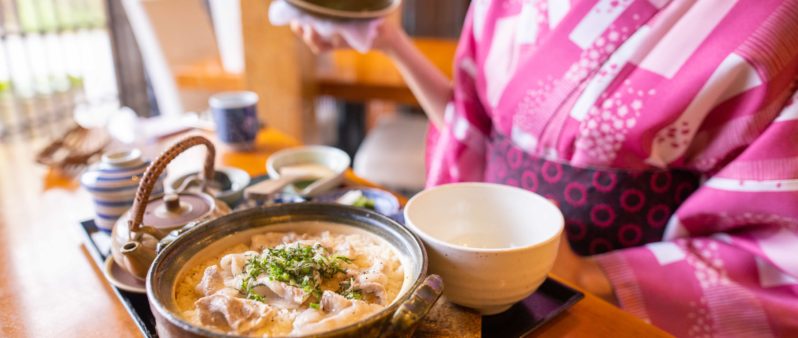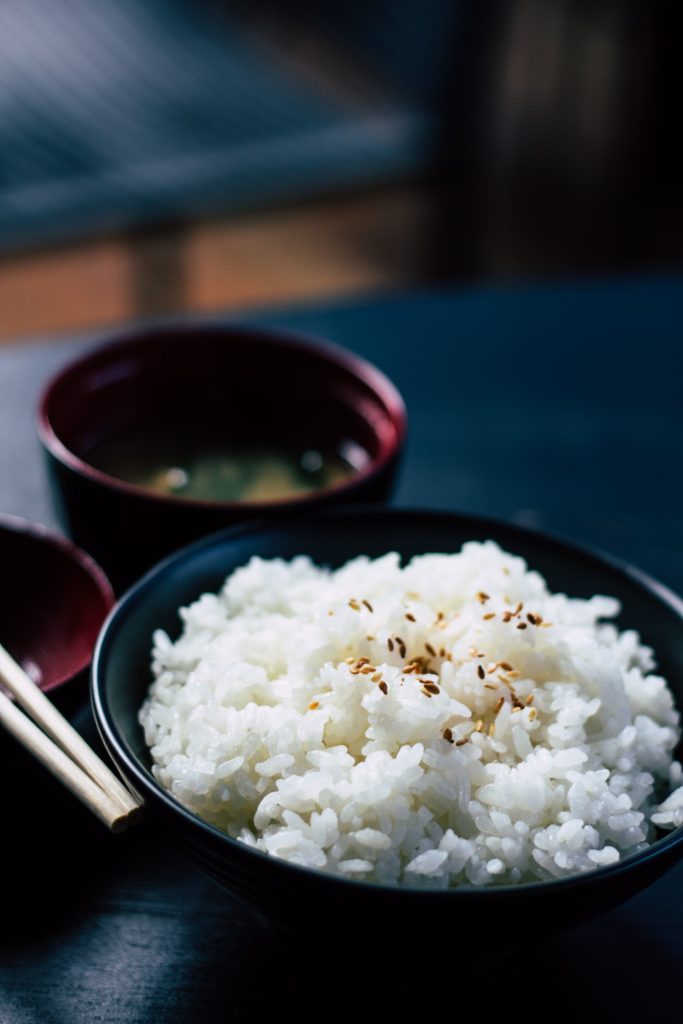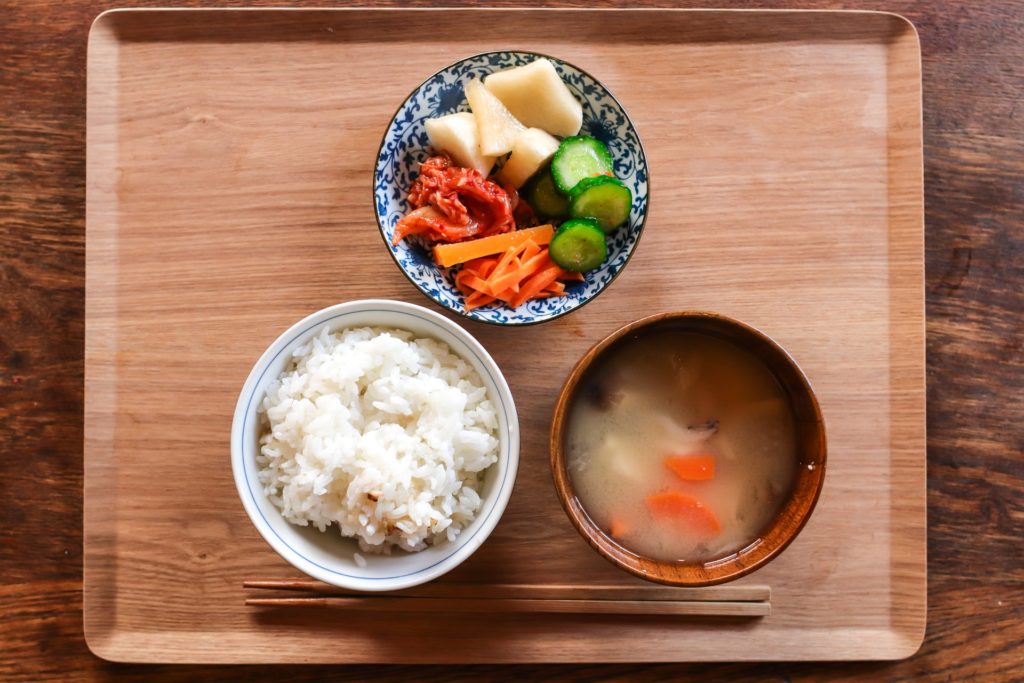
SA SHI SU SE SO: The 5 Essential Building Blocks of Japanese Cuisine
The Secrets to Japanese Cooking
If you are a Japanese food lover, you may wish to enjoy authentic Japanese food without traveling to Japan or going to expensive Japanese restaurants in your country. While certain Japanese seasonings may be hard to find outside of Japan, the essentials can most likely be found in your local market. Let’s learn how to use the 5 essential seasonings to cook authentic Japanese food at home!
The Japanese Way to Cook Perfect Rice
First and foremost, let’s learn how to make rice the Japanese way. Rice is the staple food for Japanese people, and there are many dishes served with rice. Uncooked rice is called Kome (米) and cooked rice is called Gohan (ご飯). Gohan also means “meals” in general.
If you have a rice cooker, making rice is easy, just follow the water and rice ratio markings inside the pot. It’s very important, however, to rinse the rice three to four times first, unless you get “no-wash” rice Musen-mai (無洗米). Be careful though, if you rinse it too much, it will lose its flavor.
You don’t have a rice cooker? Do not worry! You can make rice using a medium pot or saucepan. I usually use a medium pot so that water in a pot will not boil over onto the stove.
The Key to Perfectly Fluffy Rice

The key to obtaining perfectly fluffy rice is in the soaking time. After rinsing the rice, let it soak in water for 30 minutes in the summer, and for an hour in the winter. Humidity and temperature affect the amount of water absorbed by the uncooked rice. This is why we change the soaking time depending on seasons.
The appropriate size of the pot and saucepan depends on how much rice you are making. Combine 1 cup of rice and 2 cups of water. (This ratio may change depending on the type of rice. Check the packaging to be sure.)
If you do not have measuring cups, you can also use your hand. Put some rice in a pot, put the pot on a flat surface, flatten the rice in water, and put your palm on rice. If the water surface covers 1/3 of the back of your hand, you have the perfect amount of water. Bring the water to a boil, and simmer over low heat for 10 minutes (If you are cooking more than 1 cup of rice, simmer longer about 13-15 minutes). When there is no water left in the pan, it means that the rice is cooked. Turn the heat off, and steam for the same amount of time as you cooked rice over low heat.
Japanese Culinary Alphabet – Sa Shi Su Se So
When you think of seasonings used in a Japanese dish, you probably think of soy sauce. Yes, soy sauce is one of our key seasonings, but let me introduce you to Sa Shi Su Se So, the 5 essential building blocks of Japanese cuisine.
These five syllables hold the secrets to Japanese cuisine! They are very easy to memorize even if you do not know any Japanese.
Sa Shi Su Se So, are the 5 consecutive sounds in the third line of the Japanese Hiragana (平仮名) alphabet, just like ABCDE in English.
Each sound represents one essential seasoning. Also, the order from “Sa” to “So” is very important: it shows the best order to add each seasoning into a dish.

5 Essential Building Blocks of Japanese Cuisine
1. Sa = Satoo (砂糖) “Sugar”
There are many sweetened dishes, such as Teriyaki, in Japanese cuisine. Since sugar grains are large, they take time to dissolve. This is why you add sugar first.
2. Shi = Shio (塩) “Salt”
Salt drains moisture from other ingredients. If you put salt before sugar, the salt will prevent the sugar flavor from fully setting in.
3. Su = Su (酢) “Vinegar”
4. Se = Shooyu (醤油) “Soy Sauce”
5. So = Miso (味噌) “Soy Bean Paste”
Miso is believed to have been called simply So in ancient Japan.
The last three elements are fermented seasonings, which tend to lose their flavor when exposed to heat. Which is why they come towards the end.
These seasonings can also be used for purposes other than adding flavor to a dish. For example, salt can be used to take away the strong smell of fish; sugar can be used to soften hard meat; and vinegar prevents food from spoiling, which is one of the reasons why vinegar is used in sushi rice.
In addition to these 5 seasonings, rice wine Sake (酒) or Ryoori-shu (料理酒) and sweet sake, Mirin (みりん) are often used. Rice wine is usually added before sugar. Most Japanese dishes use a combination of these seasonings.
Want to Brush Up On Your Japanese?
Cue up our favorite Japanese City Pop tunes, catch-up on the latest episodes of Japanese reality tv,
and test drive Lesson One of Pimsleur’s Japanese.
Or, get unlimited access to Pimsleur’s entire Japanese program, Levels 1-5 free for a week, and start listening, speaking, and practicing your Japanese.
No Comments for "SA SHI SU SE SO: The 5 Essential Building Blocks of Japanese Cuisine"